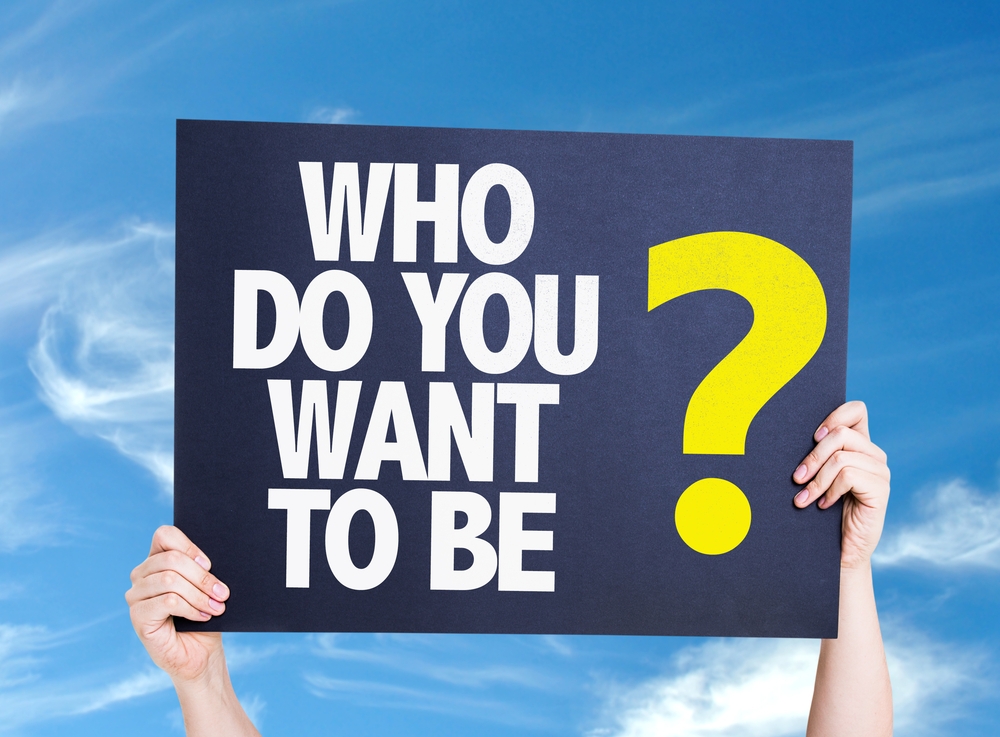
Posted on April 29, 2024
When we consider improving our health, we often begin with what we want to do differently. As sensible as that is, another starting point can be a more powerful trigger for change.
Before deciding what to do, we can imagine who we want to be, zeroing in on a desired identity. For example, if we want to curtail unhealthy snacking, we could start by listing foods to avoid. But if instead we focus on wanting to become a healthy eater, we trade a sense of deprivation for one of inspiration, which will likely be more motivating and enduring. When we stop saying “no” to ourselves and begin saying “yes” to the person we want to be, the task gets easier as every step in the right direction scores a win for that person.
It's natural to think of ourselves as a collection of our long-standing habits, but this is simply a snapshot of ourselves at a particular point in time. In fact, our personal identities can and do change, reflecting our values and beliefs as they develop and evolve through our experiences, perceptions, relationships and the roles we play in our lives.
At times we may notice a discrepancy between our behavior and the person we want to be. The psychological discomfort of this cognitive dissonance can prompt us to modify either our self-image or our behavior, bringing them into alignment and restoring a sense of authenticity that is a cornerstone of mental health.
I experienced a version of this in training to become a health and wellness coach. I was taught that I should serve as a “humble role model.” To cultivate this new professional identity, I imagined what it would look like and realized some changes were in order for me. I downloaded an app and began learning to meditate. I allowed myself fewer excuses for not exercising.
In striving to become a humble role model, I made some interesting observations. The first: the power of “so.” My inner dialogue was along these lines: “I want to be a humble role model, so I will do xxx.” I saw that in shifting my emphasis from the behavior I wanted to cultivate to the person I wanted to be, goal-setting became more natural. New behaviors were easier to perform and maintain because I felt I was bringing something meaningful to life rather than simply executing tasks.
I was lucky to have had an identity prescribed for me. More often, a new identity will be one we create for ourselves. Maybe we realize our current behaviors are harming us or we’ve simply realized they are inconsistent with the person we aspire to be.
When considering a new identity, it helps to visualize ourselves as the person we would like to be a few years in the future, imagining ourselves doing what we would do and feeling as we would feel. We should try to see ourselves in as much detail as possible to make this vision vivid enough to be inspiring. Writing down what we see as our “future self” helps us commit to growing into our vision as does sharing it with another person. It’s important to revisit this vision from time to time to reinforce it and revise it whenever our desired identity changes.
Besides our personal identities, we have social identities, too. We gravitate toward groups of people who share our values, interests and behaviors, and the influence of these groups can be powerful. To support a new identity, we can seek out groups that share aspects of that identity and who engage in behaviors consistent with it.
While there is no perfect time to begin working on a new identity, certain times can be especially opportune. We begin a new chapter of life when we get married or divorced, become parents or grandparents, retire, move, or take on a new job. At such times, says behavioral scientist Katy Milkman, PhD, we get a “fresh start.” Even without opening a new life chapter, we can make a fresh start out of a birthday, the beginning of a new year or season or simply the beginning of a new week. While we wouldn’t want to disrupt routines that are working well, these times offer a chance to begin something different if old habits have been working against us.
Anyone who says lasting behavior change is easy hasn’t tried it. But paving the way with a new identity can make the road to change a lot less rocky.